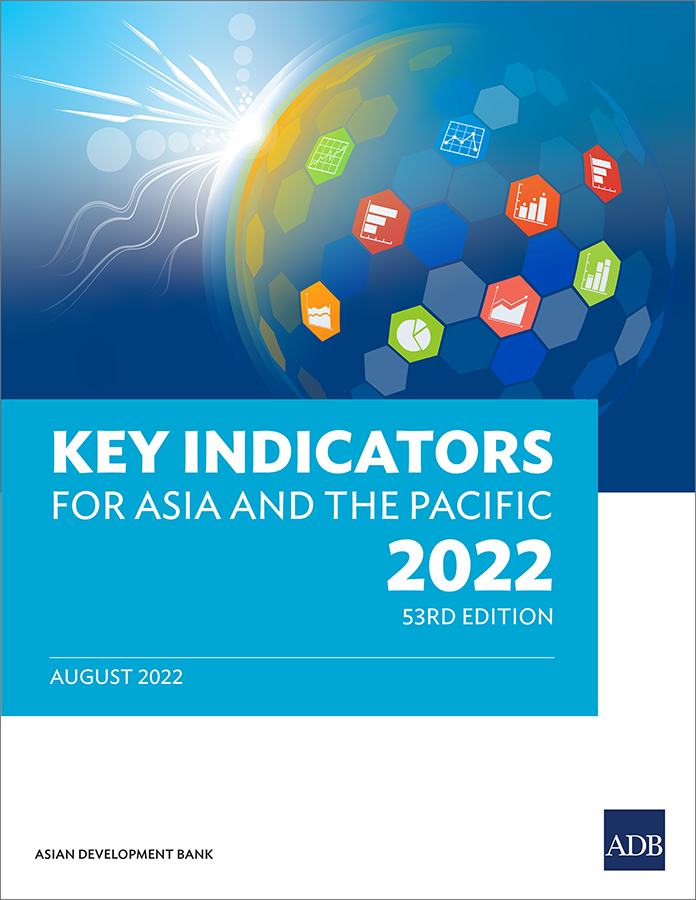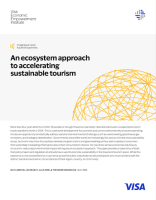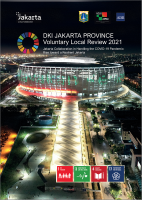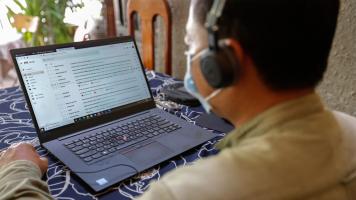Key Indicators for Asia and the Pacific 2022
This annual flagship report from ADB provides key economic, financial, social, and environmental data as well as select indicators for the Sustainable Development Goals (SDGs).
Almost 3 years after the COVID-19 hit, countries in Asia and the Pacific continue with efforts to address the severe socioeconomic setbacks caused by the pandemic. High-quality and timely data will be critical for policymakers as they design appropriate platforms and programs to restore progress toward strong and lasting growth.
This annual flagship report from the Asian Development Bank (ADB) provides key economic, financial, social, and environmental data as well as select indicators for the Sustainable Development Goals (SDGs).
The report covers the 49 regional members of ADB. It discusses trends in development progress and the challenges to achieving inclusive and sustainable economic growth across Asia and the Pacific.
Contents
Part I. Sustainable Development Goals
Part II. Region at a Glance
Part III. Global Value Chains
Part IV. Stories Behind the Data: Harnessing Administrative Data for a More Resilient Data and Statistical System
Published August 2022.



